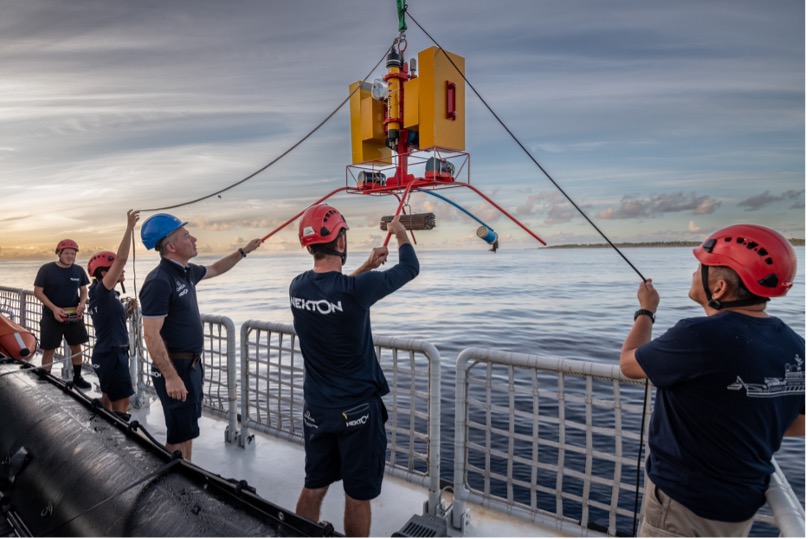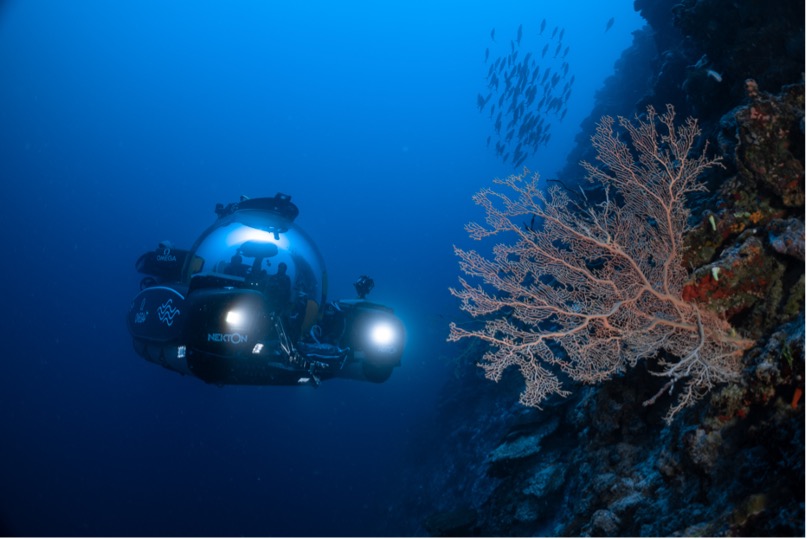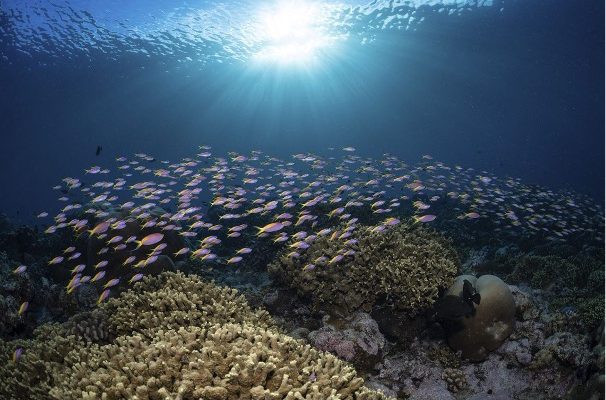Scientists estimate that only 10% of ocean life is currently known and identified. The need for greater knowledge of marine biodiversity is now a necessity if effective and targeted protection measures are to be put in place. A global alliance is therefore embarking on a new census, a race against time in the biggest programme in history to discover marine life on a large scale and protect it before it’s too late.
Taxonomy, a young discipline for marine sciences
Taxonomy is the branch of the natural sciences that aims to describe living organisms in terms of species and to organise them into hierarchical categories called taxa. These categories are recognised by the scientific community on the basis of the relevance of their description, the assignment of a name and their classification within the living world.
In oceanography, taxonomy is an activity that requires considerable investment in terms of time and resources. The first major classification of marine species dates back to the very first large-scale oceanographic expedition in the 19th century aboard the Challenger (1872-1876). It was not until the 21st century and The Census of Marine Life program (2000-2010) that the second major classification effort appeared, listing some 6,000 new oceanic species.
Today, according to the latest estimate, only 240,000 of the 2.2 million species that are thought to exist in the ocean are known to scientists, barely 10% of the total community. So our knowledge of the deep ocean is still full of questions: what biodiversity does it contain? How does life organise itself in these dark, remote places?
A project with global ambitions and ultra-modern, efficient and connected techniques
To remedy this lack of knowledge, a group of scientists from the UK and Japan have joined forces in the Ocean Census project, one of the most ambitious scientific programmes in the history of oceanography.
Its ambition is to identify no fewer than 100,000 new marine species over a period of 10 years, something that has never been achieved before and which would represent a considerable advance in scientific knowledge.
Yohei Sasakawa, President of the Nippon Foundation, explains in a Forbes article: “We cannot protect what we do not know exists. Ocean life makes all life on Earth possible and holds the wisdom of four billion years of our evolution on Earth. We are in a race against time to discover ocean life before it is lost to future generations”.
Ocean Census will enable research to be carried out on a global scale, in collaboration with a network of scientific, commercial, media and citizen organisations, through dozens of expeditions to strategic areas of biodiversity.
The results will then be shared with organisations around the world, including the UN,, which in March approved the UN Treaty on Biodiversity beyond National Jurisdiction, which aims to establish 30% protected areas on the high seas. Implementing this ambitious policy for the ocean requires up-to-date information to ensure, for example, that protected areas are correctly positioned.

Scientists and crew aboard a research vessel are preparing to drop bait cameras off the Maldives as part of a scientific mission to map, sample and create data on the health of the oceans. © Ocean Census
This work of research and scientific description of species is a very slow and tedious process, and one that has to be very methodical. Professor Alex Rogers, the project’s scientific director, explains in a press release: “It takes one to two years, or even several decades, to describe a new species once it has been collected. Traditional taxonomy is therefore incapable of meeting the challenges of the climate and biodiversity crises”.
The use of more powerful, high-resolution techniques made possible today is changing the game by speeding up and facilitating the process. These tools include advanced underwater technologies with divers, submarines and deep-sea robots. For example, underwater laser scanning equipment should make it possible to analyse animals with fluid bodies such as jellyfish, which are difficult to study on land.
Jyotika Virmani, Executive Director of the Schmidt Ocean Institute in California, which is taking part in the initiative, says: “It is now possible to observe the water column, determine its morphology and carry out in-depth research on it directly, thanks to in situ DNA collection”. He adds: “These easily accessible cutting-edge techniques will make it possible to identify and monitor species”, without having to bring everything back to earth.

Scientists are using deep-sea submersibles to examine the health of coral reefs off the Maldives in September 2022.© Ocean Census
A global digital alliance under the aegis of science and knowledge
Species discovered during Ocean Census expeditions will be sent to a network of census centres established in all the project countries. Networks of taxonomists will connect virtually to rely on what Professor Rogers and his team call “digital life forms”: the aim will be to collectively complete descriptions of species and establish a titanic database, freely accessible to scientists, decision-makers and the public.
Mitsuyuki Unno, Executive Director of The Nippon Foundation concludes: “This new knowledge base can help advance our understanding of fundamental science – oxygen production, the carbon cycle, sustainable food production, the evolution of life on Earth and even the discovery of new medicines and biotechnologies”.
